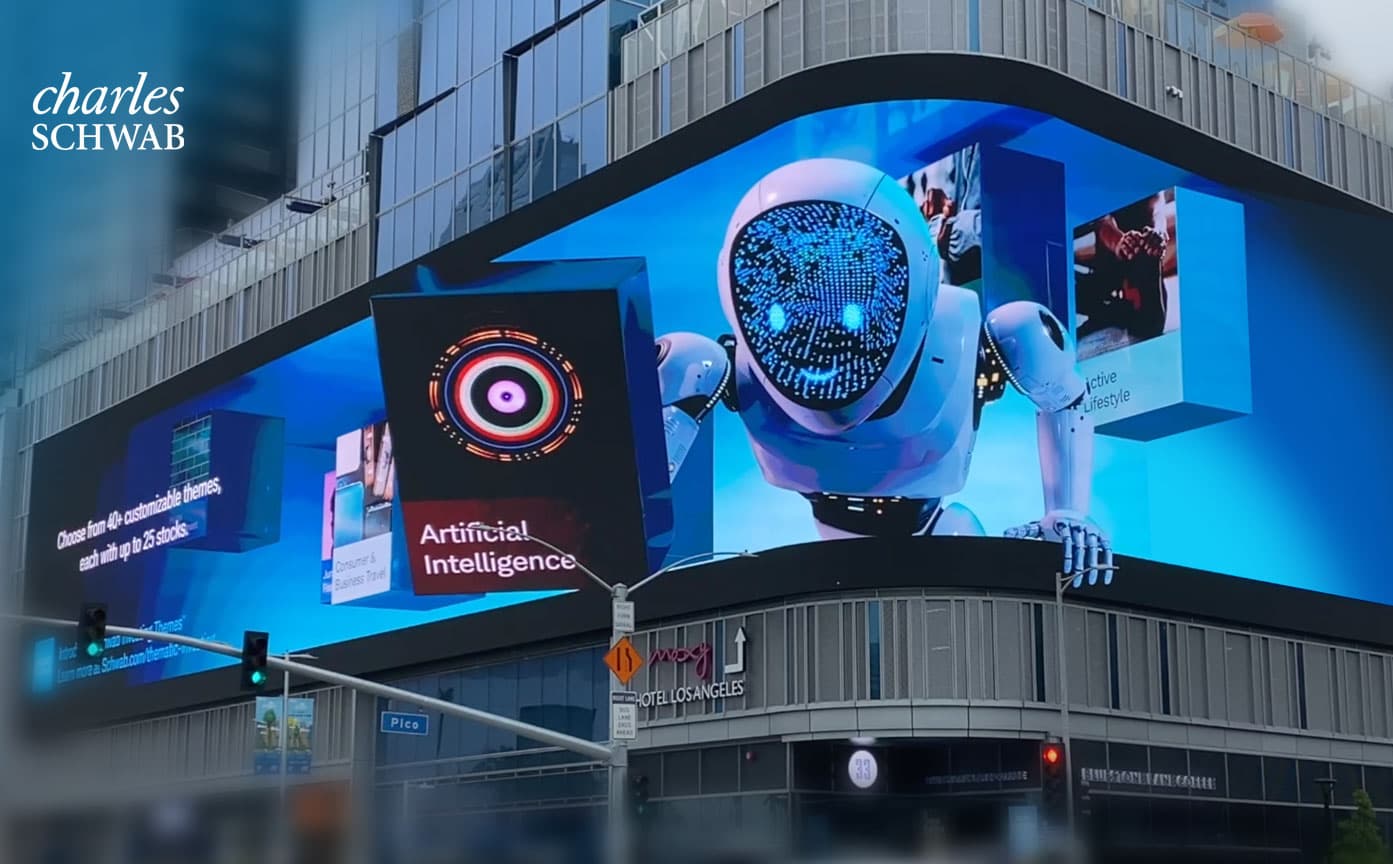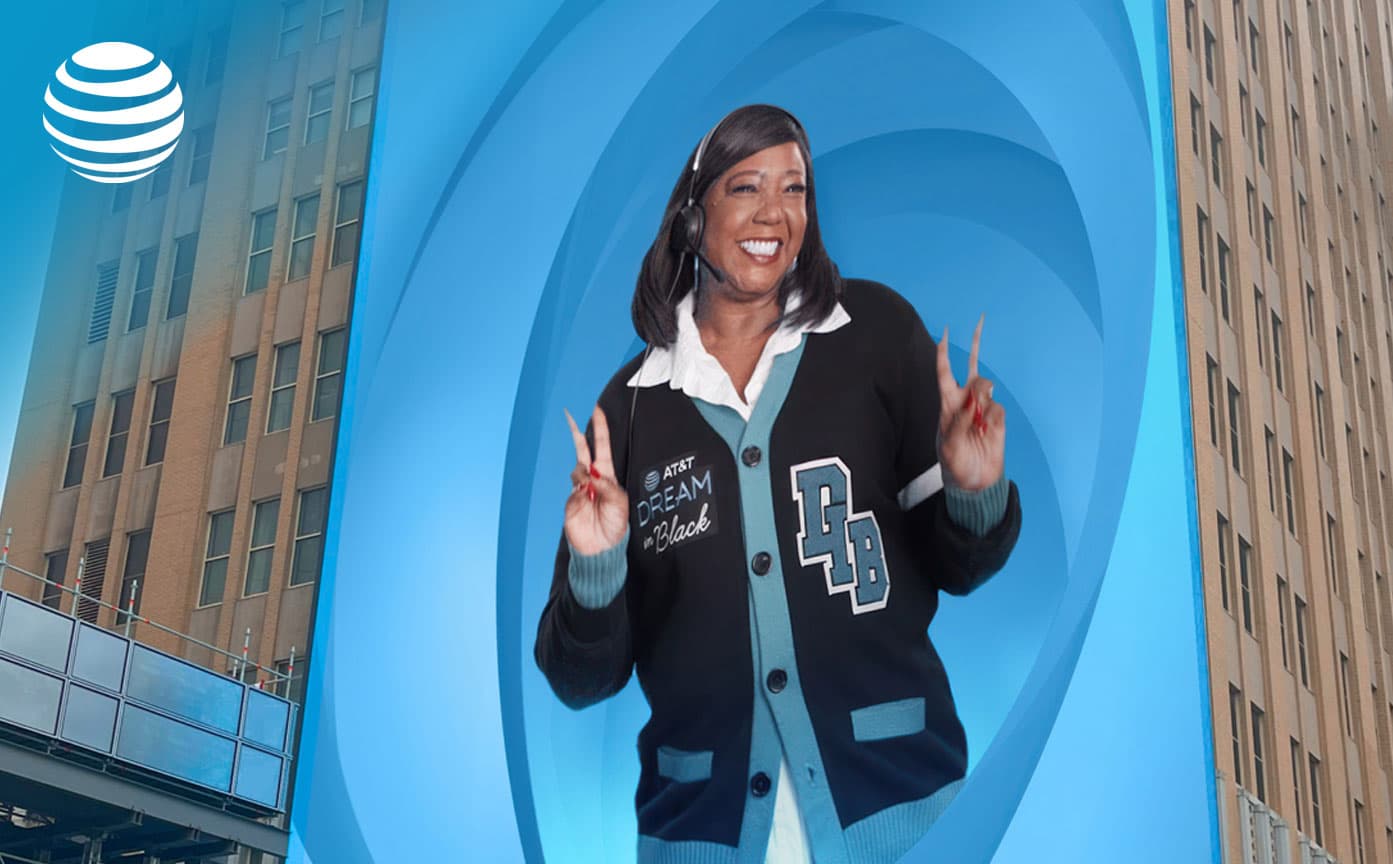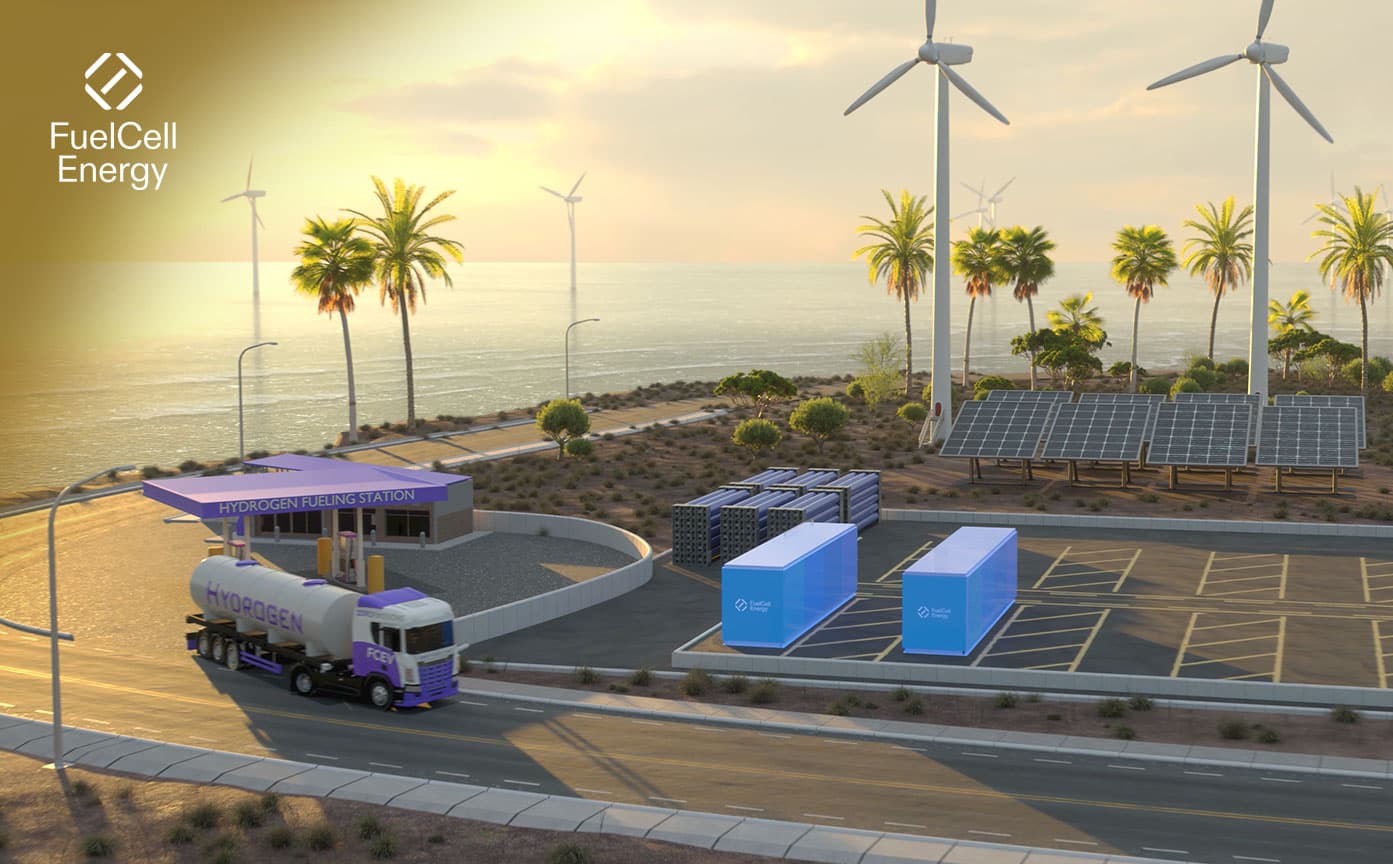In the bustling world of advertising, standing out is the name of the game. As brands vie for attention in an increasingly cluttered landscape, marketers are turning to innovative techniques to capture the imagination of their audience. Enter anamorphic and forced perspective billboards, a revolutionary approach in out-of-home (OOH) campaigns. We should know, as we have won numerous awards, including ADDY Awards, OBIE Awards, Shorty, and PR Week Pro Awards. But what makes these billboards so effective, and why are they becoming the go-to choice for many advertisers?

3D billboards create an optical illusion that makes flat images appear as if they are extending out into the real world. This is achieved through anamorphosis, a technique where the content is cleverly distorted during its creation so that, when viewed from the right angle, it appears three-dimensional.

What are Anamorphic and Forced Perspective Billboards, and Are They 3D?
At their core, anamorphic and forced perspective billboards play with our perception. Anamorphic art creates images that appear distorted unless viewed from a specific angle or through a particular lens; at this point, the image appears three-dimensional. Forced perspective, on the other hand, uses optical illusions to make objects appear larger, smaller, closer, or farther away than they are.

Is it 3D? It uses three-dimensional CGI artwork; however, there is no unique 3D technology to see this with your naked eye. Check out the 3D billboard we created for the OOH Digital Campaign for Schwab Investing Themes™ in New York and Los Angeles – https://www.groovejones.com/ar-ooh-campaign-schwab-investing-themes
It uses a three-dimensional LED display (billboard) with multiple sides. Companies like Groove Jones leverage these shapes to help create depth, and we use forced-perspective techniques to bring them to life. Having a corner, two or three-sided shapes helps enhance the effect.

A Powerful New Approach Based on a Simple Technique
Think of how artists use forced perspective techniques on a flat surface like a road or a sidewalk to create 3D chalk artwork. Very few brands would consider a street art chalk campaign; however, the 3D billboard is based on this street-level artistic trick.

The image is not 3D, but the illusion looks 3D and is quite effective.

In the context of billboards, these techniques create visuals that seem to pop out of the board or interact with their surroundings in unexpected ways. A giant shoe might appear to be crushing a car parked nearby, or a soda can seems to be pouring its contents onto the street below.
Brands Using 3D Billboards
Companies like Charles Schwab, Spirit Halloween, Meta, Rolex, Nike, and HBO have launched campaigns using this technique. Billboards are one of the oldest forms of marketing, and they have been (and still are) widely used as a promotional tool in large cities and the main transport hubs, such as stations and airports. This is because they are highly efficient in creating awareness of the brand or a particular product, allowing them to reach various demographic sectors with a single advertising message.
Launching a campaign by creating something memorable in a high-traffic area is a great idea. With today’s digital signage, we can create amazing animated 3D billboards that come to life and generate awareness.
Groove Jones created the first animated anamorphic billboard for their upcoming sponsorship campaign of the Tampa Bay Lightning at the Amalie Arena.
AT&T – Recruitment Campaign
Charles Schwab – Schwab Investment Themes™ Campaign
Spirit Halloween – Seasonal Retail Campaign
Behind the Scenes: Spirit Halloween Times Square Billboard Production
The Groove Jones team was tasked with creating an eye-catching OOH experience that features Jack the Reaper smashing through an oversized digital billboard in New York’s Times Square, reaching out to grab onlookers below. The animation begins with the Spirit Halloween logo and URL callout. Then, all of a sudden, a powerful force begins to punch the billboard as if it wants to break out.

The OOH display created quite a buzz when people started posting videos to TikTok and Instagram. Check out the full case study here – https://www.groovejones.com/time-square-ooh-animated-3d-billboard-for-spirit-halloween/. The Groove Jones team works with our clients on 3D or anamorphic billboards by creating CGI animations, which are then delivered to the media partners for placement.

We design the billboard animation for the actual location and the optimal viewing point. Part of our production process is to create the actual location of the billboard in 3d and then view the various stages of the production in VR.

This is how you see the forced perspective. Groove Jones uses VR so we can step into the location and view the work in progress without the need to view it onsite before it is ready. We often send our clients 360º scenes so they can view the experience in a headset and see the work in its intended format and placement. Giving them a sense of presence when they see the animation or effect as it should.

Why Do They Work in OOH Marketing?
- Immediate Attention Grabbers: In a world where consumers are bombarded with advertisements, anamorphic and forced perspective billboards are hard to ignore. Their unique and often startling visuals immediately capture attention, ensuring the message doesn’t blend into the background.
- Memorable Impressions: These billboards aren’t just noticed; they’re remembered. The surprise and delight they evoke make them more memorable than traditional ads, leading to better brand recall.
- Encourages Sharing: In the age of social media, a creative billboard can quickly go viral. People love sharing unique and interesting content, and these billboards fit the bill perfectly. This not only amplifies the reach of the campaign but also boosts engagement.
- Creates a Buzz: Such billboards often become talking points, generating word-of-mouth publicity. They can even become landmarks, with people directing others to “turn left at the giant, floating coffee cup.”
- Demonstrates Creativity: Using an anamorphic or forced perspective showcases a brand’s creativity and willingness to think outside the box. This can enhance a brand’s image, making it seem more innovative and forward-thinking.
Anamorphic and forced-perspective billboards are more than just advertisements; they’re experiences. These billboards offer a compelling solution in marketing where capturing attention is half the battle. They ensure that a brand’s message is seen, resonates, and lingers in consumers’ minds. As brands continue to search for ways to break through the noise, it’s clear that these innovative billboards will play a pivotal role in the future of OOH campaigns.








